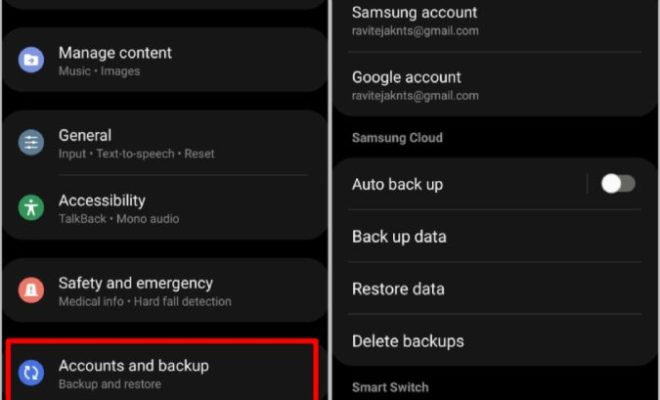What is the System Log (Syslog)?

As the name suggests, System Log or Syslog is a logging protocol used to record system events in a computer network. It is a standardized method to capture and store system-related data generated by various applications, OS, devices, and security systems in a centralized location.
Syslog data is primarily used for troubleshooting, analyzing, and monitoring system performance, security, and maintenance. The information that is recorded in the Syslog can help system administrators identify and fix any issues that may occur in a network. It contains valuable insights into network activity and helps in detecting potential security breaches.
Syslog is a client-server model that involves two types of components: Syslog Client and Syslog Server. A Syslog Client is an application, device or system that generates Syslog messages, while a Syslog Server receives and stores those messages. A Syslog Server can also analyze and process the data to provide valuable insights.
Syslog messages are typically classified into 8 facilities based on the type of system or device that generates them. These include kernel messages, user-level messages, mail system messages, printer messages, news system messages, UUCP (Unix-to-Unix Copy) messages, clock daemon messages, and security/authorization messages. These messages are further divided into severity levels such as emergency, alert, critical, error, warning, notice, informational, and debug.
One of the key benefits of Syslog is its ability to centralize system logs, making it easy for system administrators to access, manage, and analyze system data. Centralizing logs also makes it easier to track user activity and detect any unauthorized access or misuse. Syslog messages can be stored in plain text, structured data, or encrypted format depending on the organization’s security policies.





